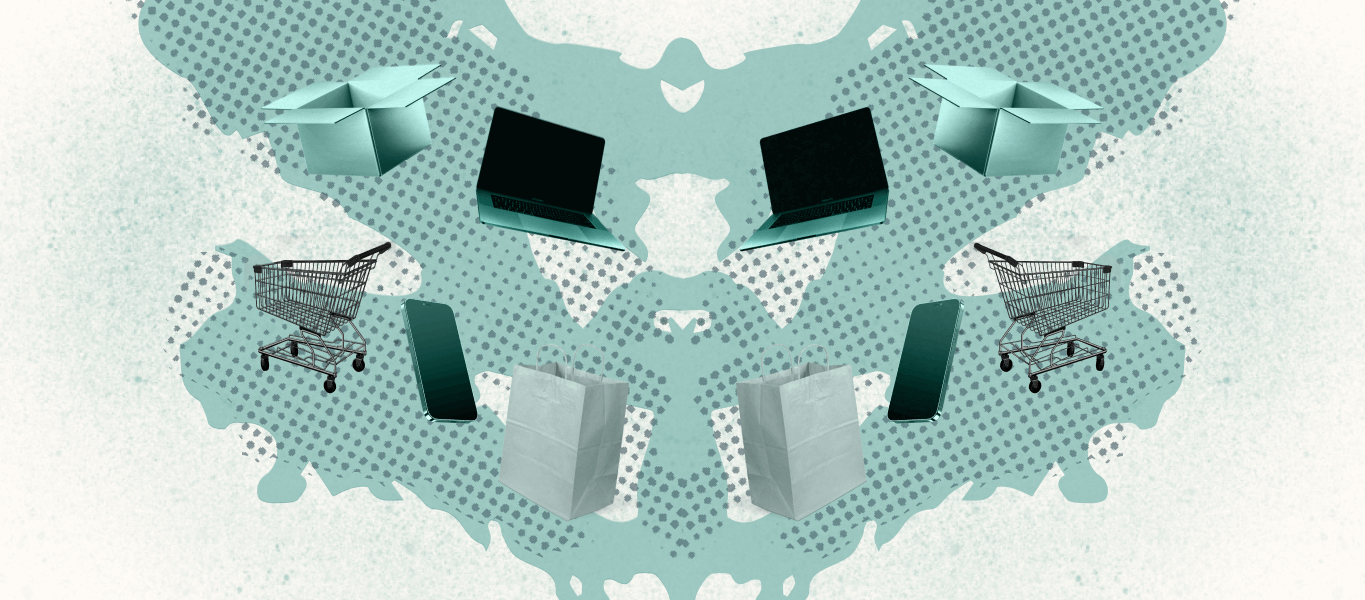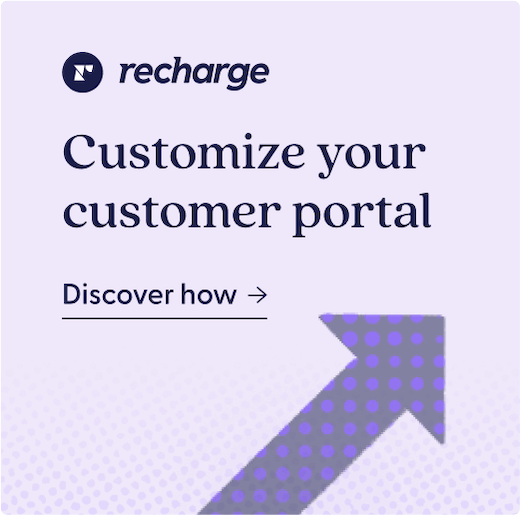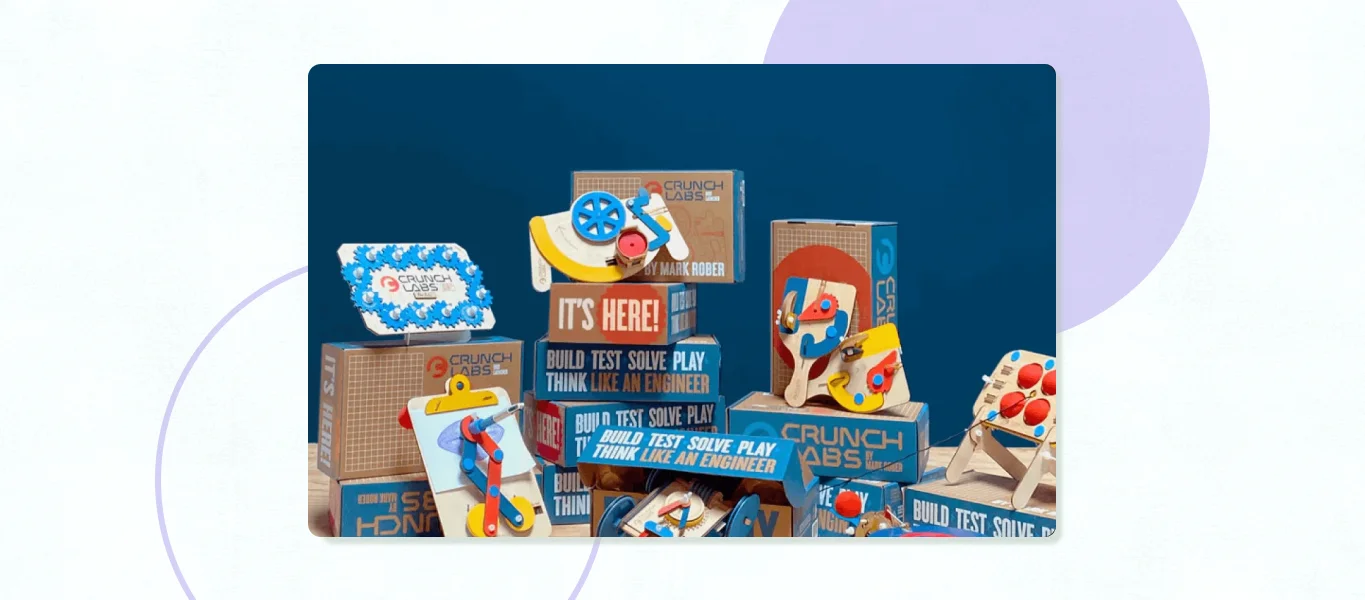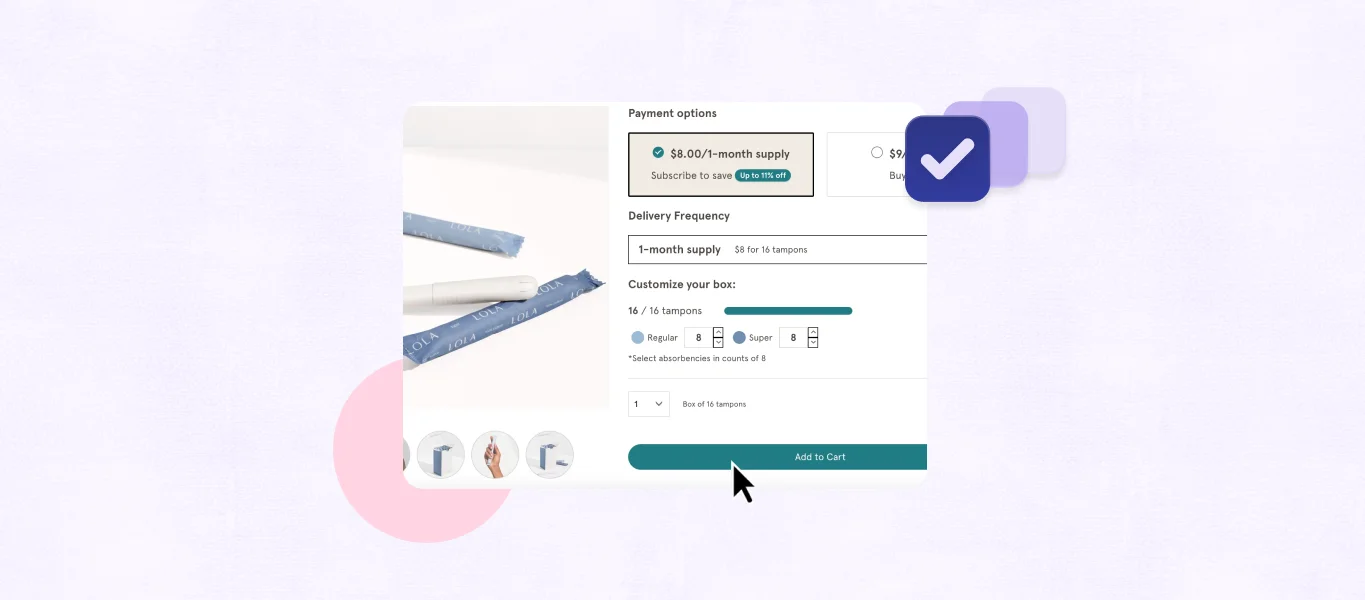If you want to have a successful business, one thing is for sure—you need your customers to come back. Today, shopping entails more than just the act of purchasing an item. Stand-out businesses have designed extensive journeys, from offering quizzes for customers to learn what vitamins they need to building creative unboxing experiences.
If you’re looking to level up the customer experience, you’re in luck. We’ve looked at the science to understand exactly what works, and how you can bring it to your business.
Create a connection with a brand personality
Research has shown that when customers evaluate brands, they primarily use emotions, such as feelings and experiences, rather than objective data, like information and facts. In short, your customers will prioritize how they feel about your brand.
For example, customers will often buy brand-name products even when generic ones with the same ingredients are available at a lower price—this is because people feel pulled by the positive emotions they associate with a brand. Customers also perceive personality characteristics in brands the way they do in people. And just like with people, certain traits are preferable—including relatability, positivity, and trustworthiness. You can communicate these traits through your website, packaging, and messaging.
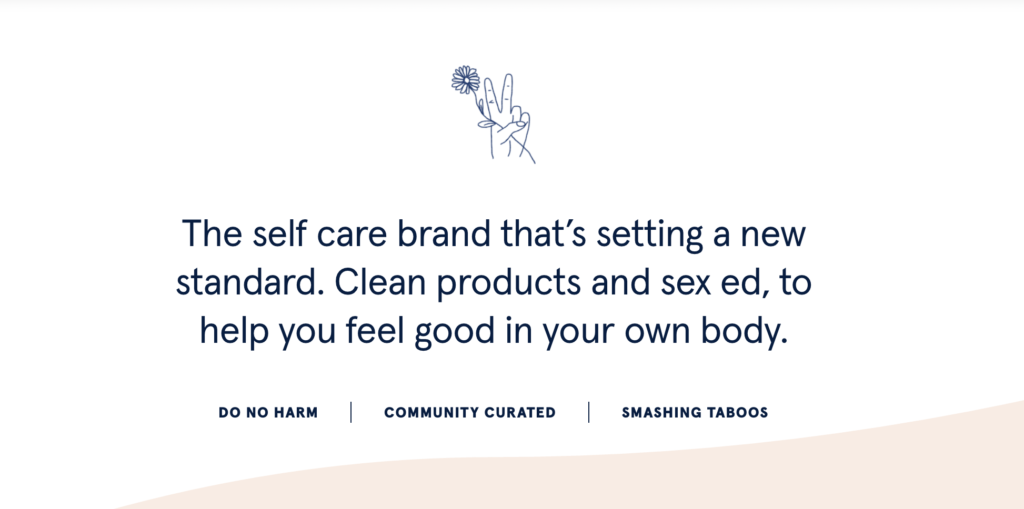
Maximize touchpoints
The moment someone lands on your website, they’re having an experience with your brand. The peak-end rule states that people ultimately assess an experience based on how they feel at its peak and its end. But this doesn’t mean you should neglect the other stages!
Your brand should imbue every part of the experience—the copy, images, and colors. However, you should give extra attention to the peak moments. Create a truly memorable experience by introducing delight at specific touchpoints. And definitely end on a high note, ensuring your customers walk away with a positive feeling.
Anticipate customer needs
With subscriptions, you create an ongoing relationship with your customers. Part of a good relationship is continuously checking in and evaluating how things can be better. Proactively monitor for pain points your customers have and work to address them.
For example, Super Coffee made a point to experience their website from their customers’ point of view. By placing themselves in their customer’s shoes, they could see the exact point where they would churn.
Easy does it
When customers need to change their subscription—like swapping a flavor—they don’t want to fumble through a clunky interface. In fact, if there are too many steps involved, many will cancel altogether. One way you can make things super simple for your subscribers is to implement transactional SMS. With SMS, subscribers can add on one-time products or skip an order—all from their phone with just a quick text and no need to log into a portal on their computer.
Personalization pays off
Everyone enjoys personalization, like a handwritten card or a thoughtful gift. Personalization helps people feel valued and considered. This is a meaningful learning to bring to your customer experience—implement personalization wherever possible, like using the customer’s name in all communication or tailoring recommendations.
A study from the University of Texas found that people prefer personalized experiences because they mitigate information overload—or at the very least, reduce the perception of information overload. When we know the information presented is customized to us, it feels more navigable. Even if the volume isn’t actually less, we think we’re receiving what we need and don’t have to sort through lots of extra fluff.
Many assume that more options make happier customers, but customers actually prefer having fewer. Analysis paralysis refers to the overwhelming feeling that comes with a surplus of possibilities—people overthink their decision and feel less confident about their choice. Help customers feel calm and at ease while shopping by offering them a simplified experience—for example, you can help them narrow down options with filters, a quiz, or personalized suggestions.

Put them in the driver’s seat
The same study also found that personalization helps people feel more in control. Again, this phenomenon is more an illusion—the customer doesn’t actually have more control viewing tailored information, but they feel like they have more agency. Think of where you can put more control back in the customer’s hands.
For example, create a customer portal. In this centralized location, customers can manage their orders, add on products, and make updates—virtually everything they need to do. And it’s all at their discretion without needing to seek extra help or wait for assistance.
Following the science
Everyone is unique, but as a species, human beings have proven preferences. As these studies have shown, customers enjoy easy, personalized, and connected experiences. If you’re curious about continuing to improve the customer experience, conduct some science of your own—you can run A/B testing, solicit feedback, or experiment with different changes to see how they perform. Providing a top-tier customer experience involves empathy, attention, and creativity—it’s an art and a science.
